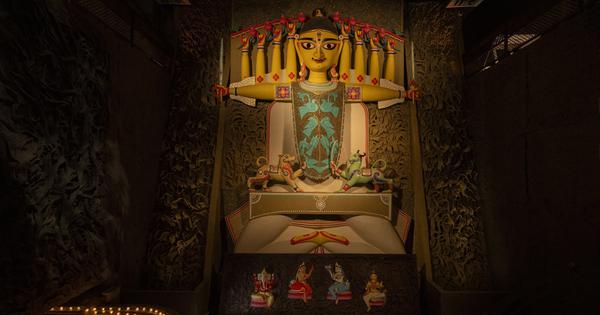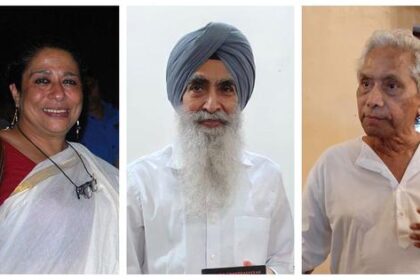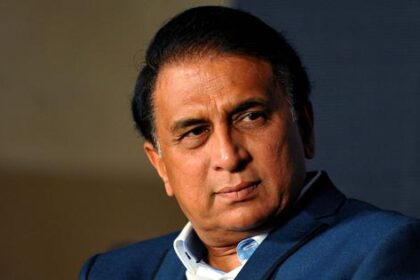Public art reimagined at Purbachal Shakti Sangha through the lens of renowned printmaker Haren Das.
At the Purbachal Shakti Sangha Durga Puja pandal in Kolkata, the influence of artist Partha Dasgupta has led to a unique tribute to the printmaker Haren Das. This celebration of art during the festival reflects a broader trend of merging artistic expression with cultural practices, a tradition that dates back to 1975 when painter Nirode Majumder shaped the idol for Bakul Bagan Puja.
Over the years, many renowned artists and artisans have contributed their skills to enhance the visual appeal of Durga Puja, transforming the city into a vibrant showcase of installation art. The turn of the millennium marked a notable evolution, as artists like Bhabatosh Sutar and Sanatan Dinda began to engage deeply with the thematic aspects of the pandals, collaborating with art-college students and craftsmen to create immersive experiences.
This year’s festivities are no exception, with various Puja committees, guided by artist mentors, reimagining idols and creating intricate displays. However, the Purbachal Shakti Sangha’s approach stands out. It introduces a separate gallery space for seven individual artists, each working independently yet under the shared vision of Dasgupta, to honor the legacy of Haren Das, who passed away in 1993.
Dasgupta’s interpretation of the term “barowari,” meaning collective, has resulted in a blend of old and new artistic expressions that reflect on the memories captured in Das’ engravings and woodcuts. The gallery spaces are designed to merge seamlessly, offering a holistic experience that invites spectators to engage deeply with the art before encountering the idol.
This innovative project challenges traditional boundaries, transforming a space typically reserved for religious observance into a vibrant art exhibition. The construction process itself was a feat of engineering, involving the careful placement of 4,500 bamboo and iron supports to create an unobstructed viewing area, enhancing the audience’s interaction with the art.
The installation, titled “Māṭkhodāi Kāṭkhodāi” (Etching the Earth, Carving the Wood), symbolizes the interconnectedness of various forms of labor, from artists to farmers. This theme resonates with the agricultural season of Durga Puja, emphasizing the significance of rural labor within the festival’s context.
Art researcher Debdutta Gupta highlights Haren Das as a pivotal figure whose work bridges the gap between art and the lived experiences of rural Bengal. As artists were tasked with reinterpreting Das’ imagery, they infused contemporary relevance into their creations, while still drawing upon the essence of his original works.
The individual contributions from artists such as Ashish Ghosh, who created striking woodcut blocks, and Bijoy Chowdhury, whose photography provides a modern lens on Das’ themes, illustrate the diverse interpretations of rural life. Each artist brings a unique signature to the project, showcasing a rich tapestry of creativity.
Partha Dasgupta’s design of the idol itself draws inspiration from traditional wooden doll-makers, reflecting a continuity of craft and devotion. The collaborative effort, involving artists and craftsmen, underscores a shared vision of celebrating both heritage and contemporary artistic expression during this significant cultural event.








